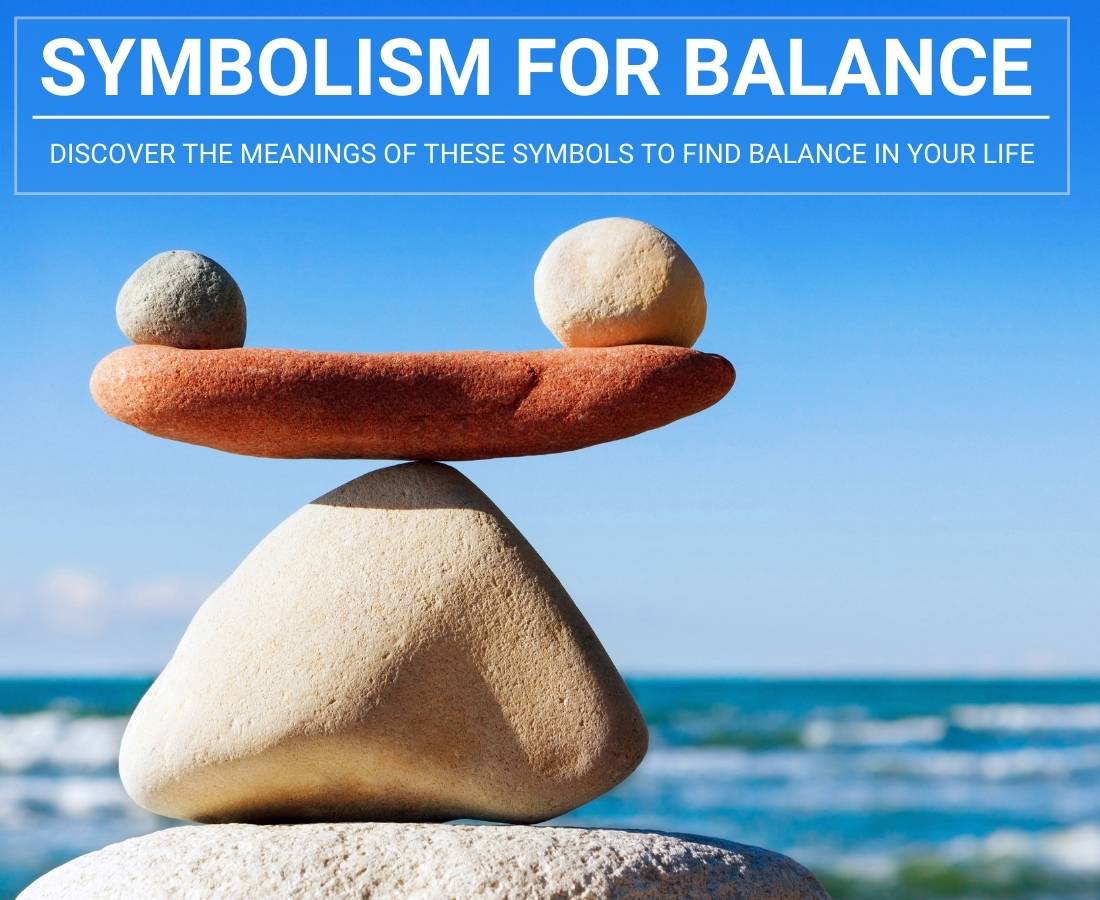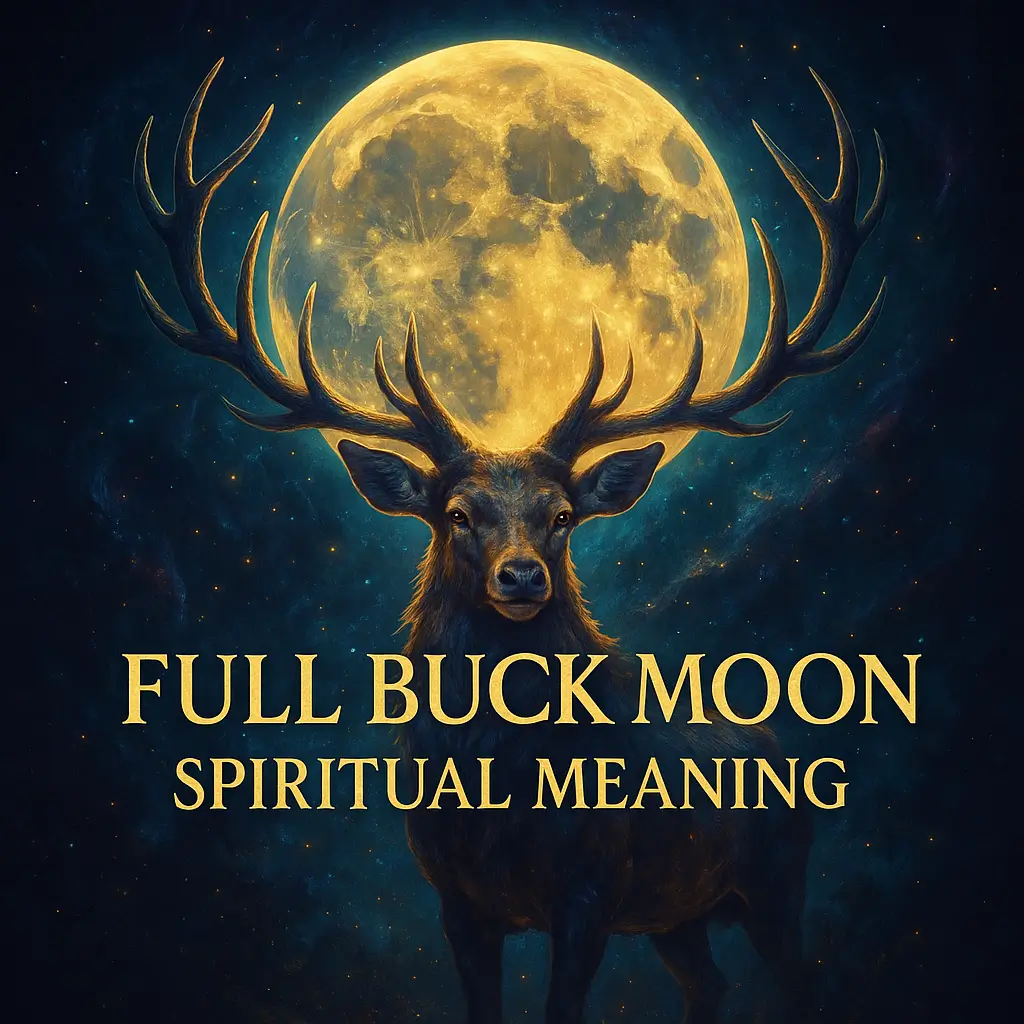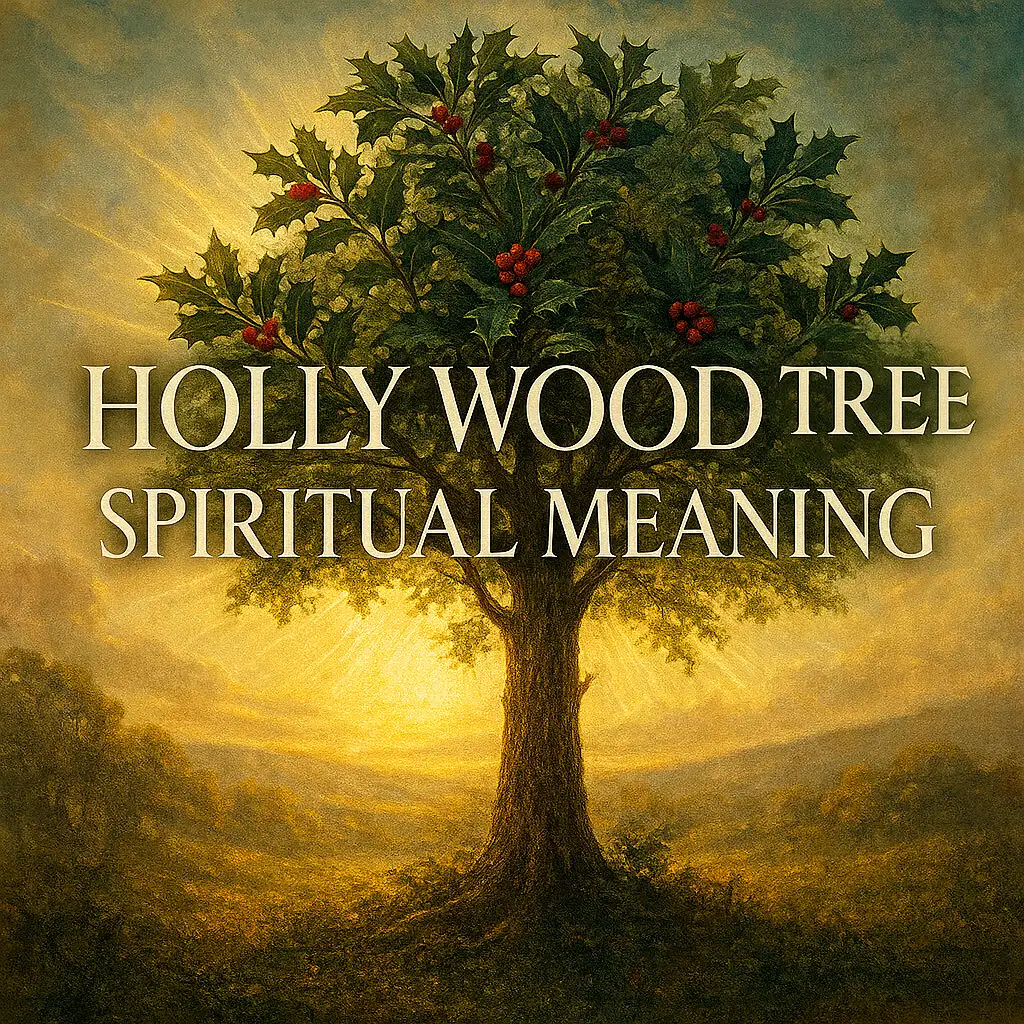Table of Contents
- 1 Key Takeaways
- 2 The Sun and The Moon
- 3 Gravity
- 4 Yin-Yang
- 5 Yoga
- 6 Scales of justice
- 7 Tightrope walkers
- 8 The visual and vestibular system
- 9 Bonsai
- 10 Trees
- 11 Exploring Deeper Dimensions of Balance Symbolism
- 12 FAQ
- 12.1 What is the significance of the Yin-Yang as a harmony symbol?
- 12.2 How do trees represent equilibrium in nature?
- 12.3 What do the scales of justice teach us about fairness?
- 12.4 How do yoga practices promote physical and spiritual alignment?
- 12.5 What does the sun-moon relationship symbolize in wellness practices?
- 12.6 Why is gravity considered a symbol of grounding?
- 12.7 How can natural elements help restore equilibrium in daily life?
Key Takeaways
- Balance symbols like the Yin-Yang teach us how opposing forces can exist in harmony, reminding us to give appropriate attention to all areas of life for improved overall well-being.
- Natural elements such as trees and gravity symbolize stability and grounding, showing us how to maintain equilibrium between ambition and humility in our personal and professional growth.
- The scales of justice represent fairness and equilibrium, serving as a powerful reminder that balance is essential for making objective decisions and maintaining healthy relationships.
- Practices like yoga and meditation serve as both physical and spiritual symbols of balance, helping to align the mind, body, and soul while reducing stress and improving mental clarity.
- The sun and moon symbolism demonstrates how contrasting energies can complement each other perfectly, encouraging us to embrace both light and dark aspects of ourselves for greater harmony.
On All Fours: The Top Symbolism For Balance
Finding and maintaining balance in all areas of our lives is something that each of us aims to realize. If you are one of those who managed to stay fit, sustain a great career, and stay close to your friends and family, then you may have found the solution that has eluded many throughout history.
Whether you are looking to improve your performance at work or are looking for ways to have more time for yourself, this post about symbolism for balance might be able to help.

The Sun and The Moon
While the sun has long been a symbol of energy, growth, and passion throughout time, the moon, on the other hand, has represented mystery, enlightenment, emotions, and the cycle of life. Since these celestial bodies form a pair, it doesn’t come as a surprise that they truly represent symbolism for balance.

As several traditions see them as a sign of contrast or a difference in opinion, their deep-seated connection is essential to how the world functions. A highly revered power couple that symbolizes light and dark, as well as ignorance and wisdom, they remind us of the importance of balance and harmony in our lives.
Gravity
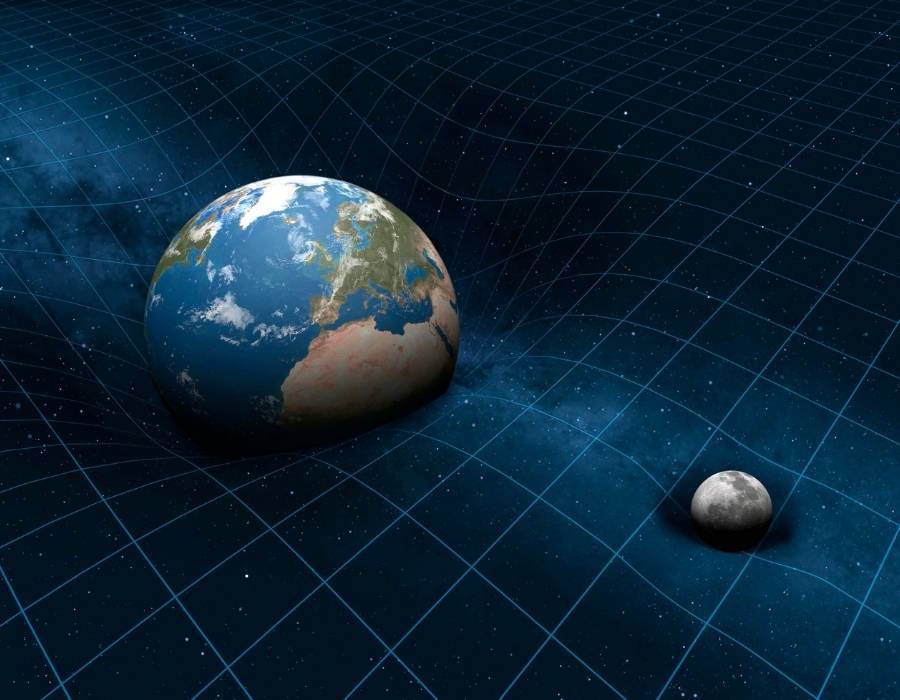
Revered for the critical role it plays in keeping everything and everyone in place, gravity allows us to safely walk the Earth’s surface instead of floating away. Known to provide the pull that keeps us rooted to the ground, it has been recognized as a symbol of balance.
Defined as the force that pulls two bodies towards each other, it serves as a magnet that enables the moon to orbit the Earth at a safe distance. While astronauts may seem weightless in space stations that orbit the Earth, our planet’s micro-gravity, although weak, continues to pull them down. Hence they get pulled by the strength of gravity from the Sun.
Yin-Yang

Arguably the most popular symbol of balance in modern culture, the Yin-Yang shows how two opposites can swirl into each other and inspire us to lead a life in perfect harmony. Although it was developed way back in the 4th century B.C., its philosophy continues to encourage many to find balance and harmony within.
More than just being a cool tattoo that many martial arts enthusiasts show off in class, the Yin-Yang offers a simple yet deep symbolism that we may find useful in our daily life. The Yin, or the black side, represents toughness, masculinity, and our uncertainties.
The Yang, which is the white side, signifies compassion, femininity, and enthusiasm. It is a symbol that tells us how everything is a little of both good and bad, and why it is important for us to maintain balance.
Yoga

Practiced by millions for its perceived ability to connect the body and mind, yoga is considered as symbolism for balance in many cultures. Deriving its name from the Sanskrit language which translates to “union,” it tells us about the importance of combining mindfulness and meditation (see our post about the mindfulness symbolism as well).
Initially practiced to promote physical healing, enthusiasts would attest to its ability to provide a boost in energy and relieve stress, as well as improve flexibility, balance, and strength.
An ever-evolving practice that dates back thousands of years, not only does yoga teach us about awareness and balance but it also enlightens us to be more calm, understanding, and patient.
Scales of justice

Initially used as a way to measure weight, the scale often represents individuals and organizations engaged in legal activities. Perhaps one of the most recognizable symbols in the legal system, it indicates the idea of balanced opportunities, fairness, and justice.
Representing the balance of an individual against the needs of society, the scales of justice are used to remind us how truth and fairness should always be considered to ensure that justice is served. While it is often seen on its own, the scales are usually held by the Egyptian Goddess, Ma’at, who symbolized ideologies such as balance, harmony, and reaching a fair verdict.
Tightrope walkers

A practice that dates back to the Ancient Greeks, tightrope walking is no doubt a test of patience and balance that has withstood the test of time. It symbolizes the balance of forces wherein any alteration in weight leads to life’s inequality and unevenness.
Often seen performing with a pole that maintains the walker’s stability while crossing the narrow rope, it represents how we sometimes need the presence of others to ensure that we remain balanced.
Tightrope walkers typically perform using flexible and extremely thin leather-soled footwear as it allows the foot to curve better around the wire. This not only helps with their balance but also enhances their performance.
The visual and vestibular system
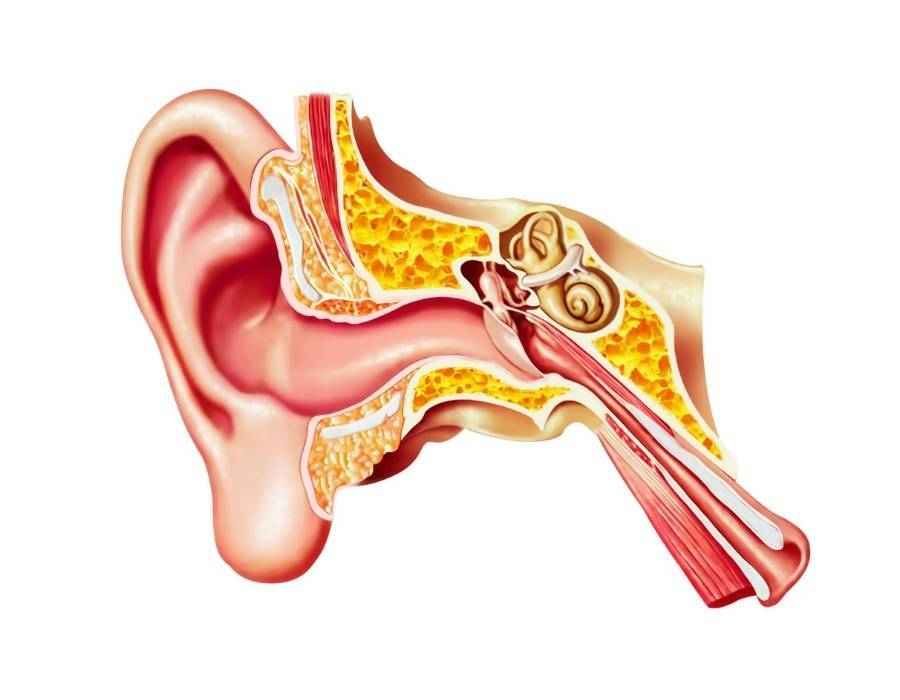
As the role of vision in maintaining our stability has long been trusted, our visual system can also be considered a symbol of balance. Known to regulate the various systems that our body needs to keep it stable, deficiencies can lead to frequent falls, blurred or double vision, and balance disorder.
Moreover, our vestibular system provides us with a sense of balance and posture that enables us to perform quick movements in response to various forces. It is the part of our system that is responsible for the motor functions that help us maintain a healthy posture, secure our head and body as we move, and to keep our balance.
Along with such significant functions, this makes both our visual and vestibular systems competent symbols of balance.
Bonsai
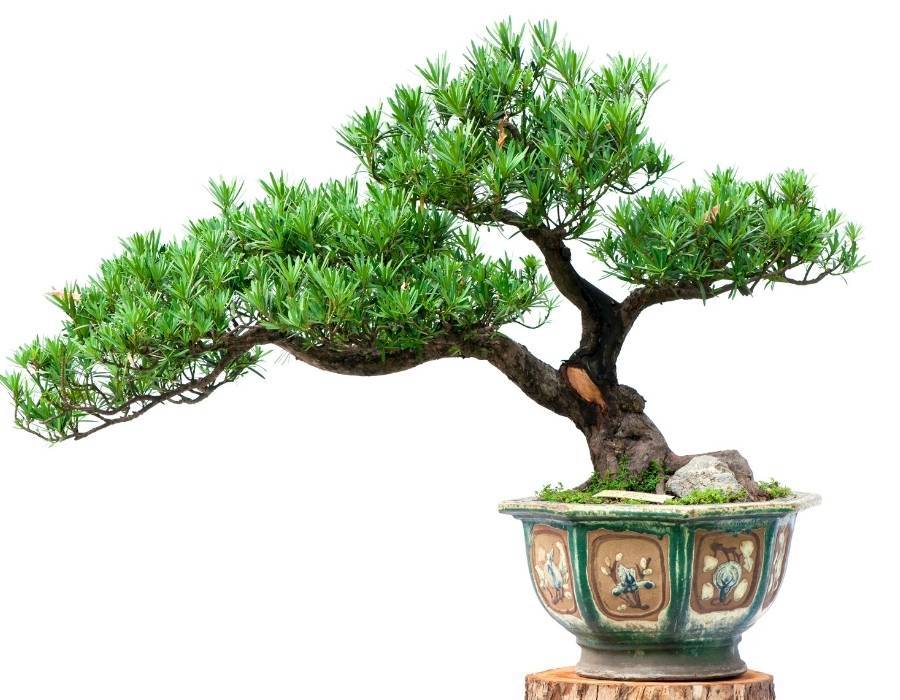
Whether for decorating your home or giving it out as a gift to someone you love, the bonsai have blown everyone’s mind with its size, beauty, and charm. Believed to have the ability to stay upright through the harshest conditions, several traditions see these plants as symbolism for balance, steadfastness, and devotion.
Finding their roots in Zen Buddhism, many of us associate these tiny trees with contemplation and meditation. Regarded as an ancient form of art in Japan, it teaches us patience amidst life’s major changes and the significance of developing a sense of balance in our lives. Check also our post about the bonsai tree spiritual meaning.
Trees

Along with its ability to combat climate change, support biodiversity, and keep the soil healthy, nothing could be more helpful and fascinating than the tree. Its ability to live for countless years and withstand the many changes in the environment has easily made it a symbol of strength, stability, and balance.
Favored for providing shelter and food to a range of animals, trees serve more awesome purposes than simply being a fresh addition in the background. With leaves and branches that stretch upward and roots trailing underground, they inspire us to strike a balance between reaching for our dreams and keeping our feet flat on the ground.
Exploring Deeper Dimensions of Balance Symbolism
When we examine what symbolizes stability and balance in different cultures, we discover rich traditions that go beyond the physical representations mentioned above. The spiritual meaning of balance extends into art, mythology, and everyday objects that serve as powerful reminders of our need for equilibrium in life.
Woman Holding a Balance: A Timeless Symbol
Johannes Vermeer’s famous painting “Woman Holding a Balance” represents one of art history’s most profound symbols of equilibrium. In this masterpiece, a woman stands poised with empty scales, suggesting that true balance comes not from external measurements but from inner contemplation. This imagery reminds us that balance symbolism often connects to moral judgment and spiritual harmony, inviting us to weigh our actions with careful consideration.

Color Representations of Balance
What color represents balance? Many traditions associate green with equilibrium, as it sits at the center of the color spectrum and connects to the heart chakra in spiritual practices. Blue often symbolizes tranquility and emotional stability, while purple represents the balance between physical and spiritual realms. In color therapy, these hues are used to restore harmony when life feels chaotic or overwhelming.
Balance in Nature: Beyond Visual Symbols
The natural world offers countless symbols that represent balance beyond those already discussed. The butterfly, with its symmetrical wings, demonstrates perfect equilibrium and reminds us of transformation through balanced change. Mountains stand as symbols of stability and permanence while simultaneously reaching upward, embodying the balance between groundedness and aspiration. Rivers, too, represent the balance between constant movement and finding the path of least resistance—teaching us to flow with life while maintaining our direction.
The spiritual meaning of balance often appears in unexpected places. From architecture’s use of symmetry to create stable, harmonious structures to the balance of flavors in culinary traditions worldwide, we see that balance isn’t merely a concept but a fundamental principle woven throughout human experience. By recognizing these symbols in our daily lives, we can cultivate greater awareness of where we might need to restore equilibrium in our own journey toward wholeness and stability.
FAQ
What is the significance of the Yin-Yang as a harmony symbol?
The Yin-Yang symbolizes how opposing forces can coexist in perfect harmony. It teaches us that contrasting elements—such as light and dark, masculine and feminine—are complementary rather than contradictory. This ancient symbol reminds us to embrace life’s dualities for greater equilibrium in our existence.
How do trees represent equilibrium in nature?
Trees embody equilibrium through their structure—roots deeply grounded while branches reach skyward. This natural balance demonstrates how stability and growth coexist. Trees teach us to remain anchored in our values while still pursuing growth and expansion in our personal development.
What do the scales of justice teach us about fairness?
The scales of justice illustrate the importance of impartiality and equal consideration. This powerful emblem reminds us that balanced judgment requires weighing different perspectives without bias. In relationships and decision-making, this symbol encourages fairness and thoughtful evaluation before drawing conclusions.
How do yoga practices promote physical and spiritual alignment?
Yoga unites physical postures with mindful breathing to create whole-body equilibrium. These practices help align our physical, mental, and spiritual dimensions while reducing stress. Through regular yoga, practitioners develop greater bodily awareness and mental clarity, fostering a more balanced approach to daily challenges.
What does the sun-moon relationship symbolize in wellness practices?
The sun-moon dynamic represents complementary energies that create wholeness. The sun symbolizes active, outward energy while the moon represents reflective, inward focus. Together, they remind us to balance productivity with rest, action with contemplation, and social engagement with solitude for optimal wellbeing.
Why is gravity considered a symbol of grounding?
Gravity provides the essential force that keeps us connected to earth. As a grounding symbol, it represents the natural pull toward stability and centeredness. Understanding gravity helps us appreciate the importance of remaining rooted in reality while pursuing our ambitions, preventing us from becoming untethered.
How can natural elements help restore equilibrium in daily life?
Natural elements provide powerful reminders of equilibrium through their inherent properties. Observing flowing water, steady mountains, or balanced ecosystems can inspire us to identify imbalances in our lives. Many people find that connecting with nature helps recalibrate their priorities and restore harmony.
